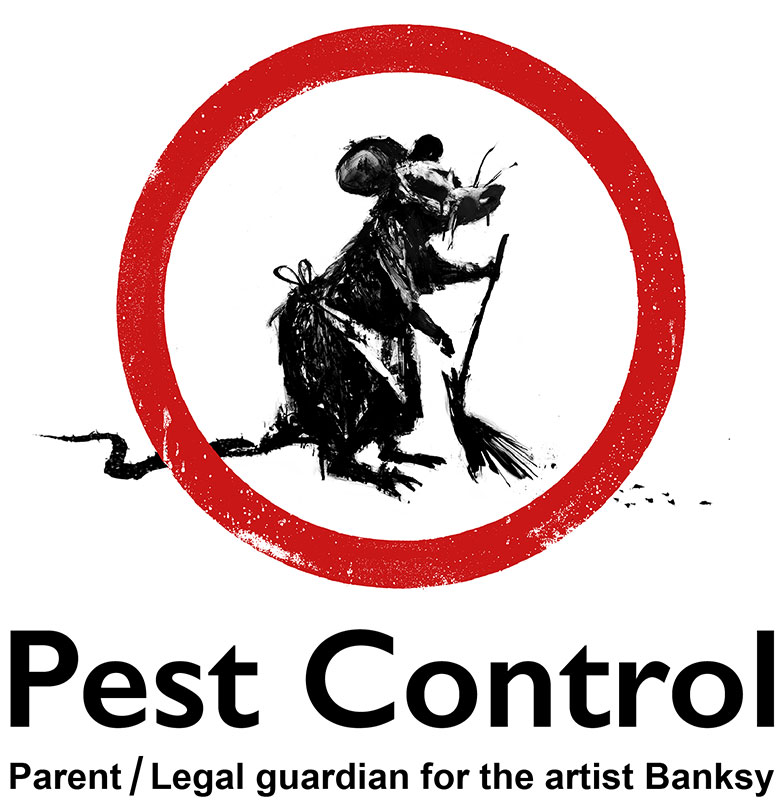Bed Bug Treatment Malfunction: Comparing Chemical Vs. Non-Chemical Solutions
In the realm of pest control, particularly when taking care of the persistent issue of bed pests, the option between chemical and non-chemical treatment solutions can be a crucial one. Both strategies supply distinctive benefits and disadvantages, influencing factors such as performance, safety considerations, and overall price. By checking out the nuanced information of each method, a more clear understanding of which course to seek in addressing a bed insect infestation can be acquired.
Efficiency of Chemical Treatments
Chemical treatments for bed bug problems have actually been extensively recognized for their potent and rapid efficiency in eliminating these bugs. When thinking about the performance of chemical treatments, it is crucial to recognize that they can give a quick and complete solution to a bed bug trouble. Expert pest control specialists usually depend on pesticides to target bed pests at various phases of their life process, consisting of grownups, eggs, and fairies. These chemicals usually function by interrupting the bed pests' nerve system, bring about paralysis and ultimate death.
Moreover, chemical therapies have the advantage of offering recurring impacts, implying that they can proceed to remove bed insects also after the first application. This residual action is especially valuable in combating any type of possible re-infestations. Furthermore, the rapid action of chemical treatments can bring alleviation to individuals facing extreme bed insect problems, allowing them to reclaim control of their home quickly.
Security Interest In Chemical Solutions
One critical aspect that calls for cautious consideration when making use of chemical remedies for bed pest therapy is making sure the safety of owners and the atmosphere. While chemical therapies can be reliable in removing bed insects, they may present risks otherwise managed correctly. One of the primary safety issues with chemical solutions is the prospective damage they can trigger to human wellness. Exposure to specific chemicals made use of in bed insect treatments can cause breathing issues, skin inflammation, or other adverse responses, especially in people with pre-existing problems or sensitivities. In addition, incorrect application or dose of chemical pesticides can lead to hazardous deposits sticking around in the treated location, presenting long-lasting health dangers to passengers.
Furthermore, the ecological impact of chemical options is another considerable factor to consider. Some pesticides utilized in bed insect treatments might be damaging to valuable pests, wild animals, and ecosystems if they seep right into the soil or water supply. It is crucial to make use of chemical therapies carefully, complying with security guidelines, and considering less toxic alternatives to mitigate these risks and make sure the efficient and secure management of bed bug invasions.
Benefits of Non-Chemical Approaches
Thinking about the potential safety and security issues and termite eradication environmental effect linked with chemical options for bed insect therapy, discovering non-chemical strategies provides an appealing alternative with numerous distinctive benefits. Non-chemical treatments are environmentally friendly, as they do not contribute to air or water pollution, making them a lasting choice for parasite control.
Additionally, non-chemical options can be effective in targeting bed pests, including hard-to-reach areas where chemical therapies may not permeate - A1 charlotte bed bug exterminator. Methods such as warmth treatment, vacuuming, heavy steam cleaning, and cushion coverings provide extensive removal without the use of harmful chemicals.
Limitations of Non-Chemical Treatments

Furthermore, non-chemical treatments often need numerous applications to accomplish effective elimination. This can be time-consuming and may not constantly ensure full elimination of all bed pests and their eggs, especially in hard-to-reach or covert areas.
Moreover, the success of non-chemical treatments greatly depends on correct execution and thoroughness, click here now which can be challenging for people without professional knowledge. Poor application of non-chemical approaches might cause insufficient eradication, resulting in relentless infestations and the requirement for additional therapies.
Consequently, while non-chemical treatments have their benefits, it is important to acknowledge these restrictions and consider them when identifying one of the most effective technique for handling bed insect problems.
Price Comparison: Chemical Vs. Non-Chemical Options
Offered the constraints connected with non-chemical treatments, a necessary element to examine in the context of bed pest monitoring is the expense contrast in between chemical and non-chemical choices. In contrast, non-chemical therapies like warm therapy or heavy steam can be extra expensive, with prices varying from $1,000 to $6,000 for a whole home. While the initial cost of chemical treatments may seem lower, numerous therapies might be required to completely remove the invasion, potentially raising the general price.
Final Thought

Considering the prospective security issues and environmental effect connected with chemical options for bed insect therapy, discovering non-chemical methods provides an appealing option check my blog with a number of unique benefits.Given the limitations connected with non-chemical therapies, an important aspect to evaluate in the context of bed insect monitoring is the cost comparison in between chemical and non-chemical choices. In contrast, non-chemical therapies like warmth treatment or steam can be a lot more pricey, with costs ranging from $1,000 to $6,000 for an entire home. While the preliminary price of chemical therapies might appear lower, multiple therapies may be called for to fully get rid of the invasion, potentially raising the total cost.In conclusion, when contrasting chemical and non-chemical bed pest treatment options, it is crucial to take into consideration efficiency, safety, advantages, limitations, and price.
Comments on “Reliable A1 Bed Bug Treatment in Charlotte - Safe and Proven Techniques”